Market Analysis
In-depth Analysis of Adaptive Optics Market Industry Landscape
Mechanical advancements and growing applications across ventures boost the adaptive optics industry. Modern adaptive optics, originally developed for cosmic observatories, has been used to medical care, security, and correspondence. The growing need for high-goal imaging and laser frameworks drives market growth. Adaptive optics can continually correct bends caused by air disturbance or optical imperfections, making it a crucial tool for improving imaging systems.
Recently, medical care has been a key adaptive optics market backer. The technology's precision in visualizing natural tissues and cell structures has enabled clinical diagnoses and research advances. Ophthalmology uses adaptive optics to improve retinal imaging and detect eye diseases early. This application has produced consistent results and expanded the market.
One more key driver of adaptive optics is protection. International safety organizations are considering the innovation's power to boost surveillance frameworks, laser weaponry, and target global positioning frameworks. The demand for common imaging and focusing skills and the growing interest in security developments are driving adaptive optics in this sector. Continuous innovation to reduce and improve military adaptive optics systems also affects market factors.
In addition, adaptive optics for free-space optical correspondence frameworks are booming in the correspondence industry. The breakthrough reduces air bends on optical signs, enabling high-speed information transfer across long distances. As demand for high-data transfer capacity connectivity rises, the adaptive optics industry is primed for more expansion.
The adaptive optics industry is competitive, with a few key players trying to gain market share. Innovative work practices are being used to create high-level adaptive optics frameworks with increased productivity and lower costs. Vital organizations and coordinated efforts between industrial companies and research institutions also foster innovation and growth.
Despite the bright market outlook, adaptive optics systems have significant startup costs and require skilled operators and maintainers. Addressing these issues is crucial for commercial success. Legislatures and administrative bodies shape market aspects via policies, norms, and finance pushes that enable event change and adaptive optical innovation.

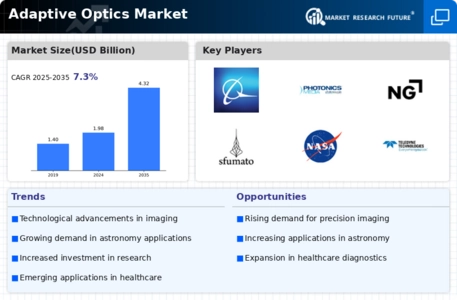
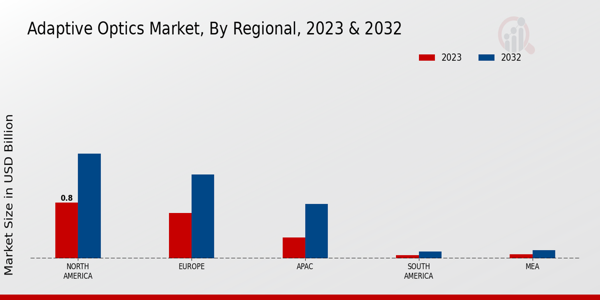
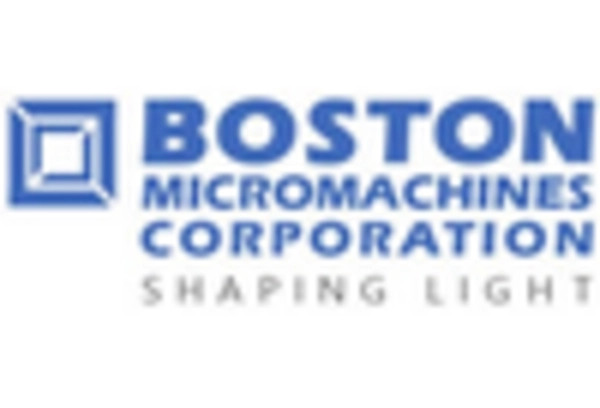
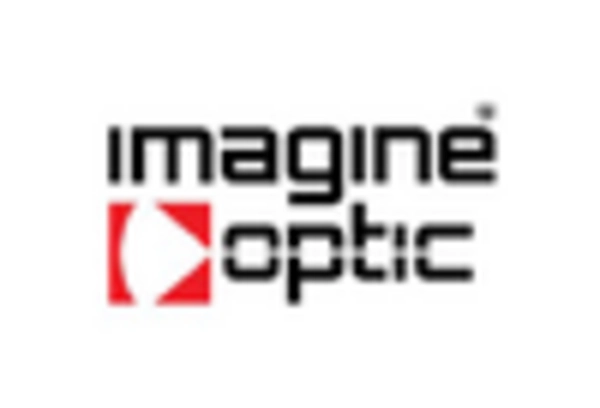
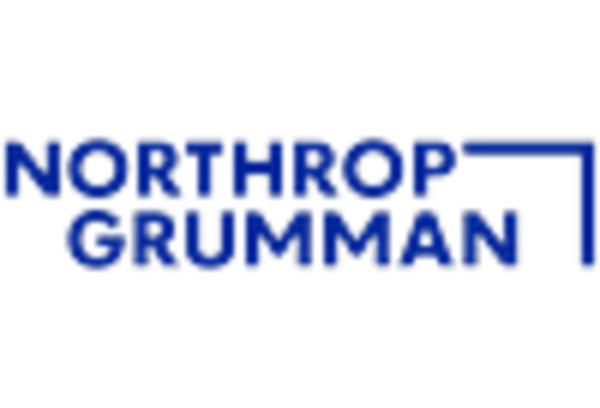
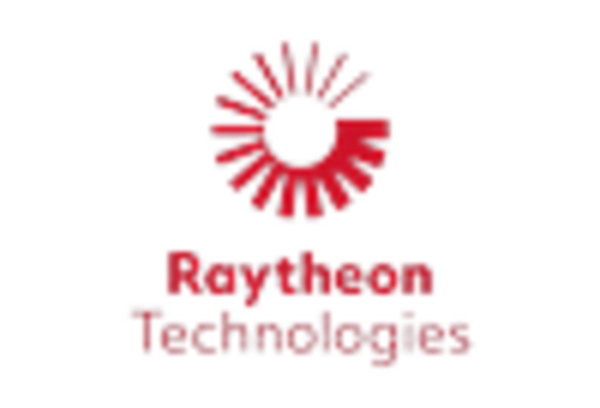
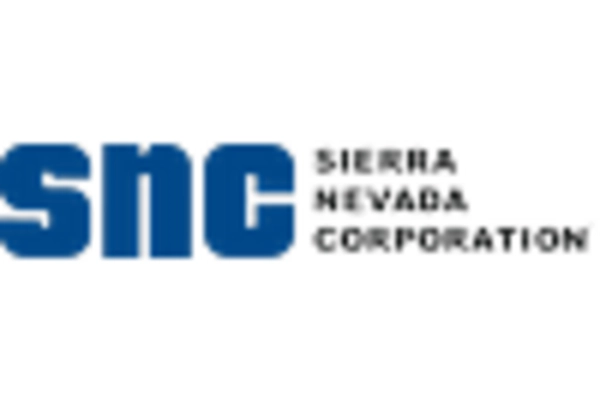
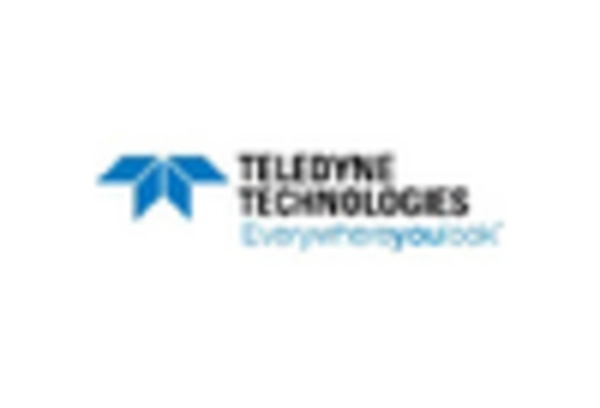

Leave a Comment